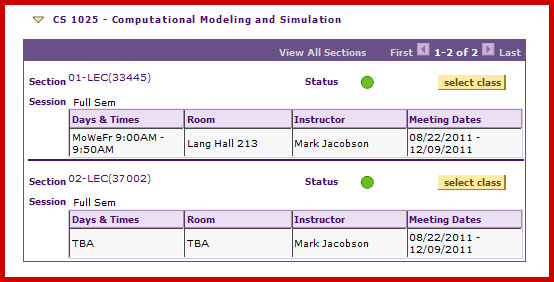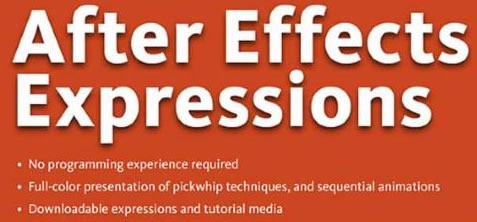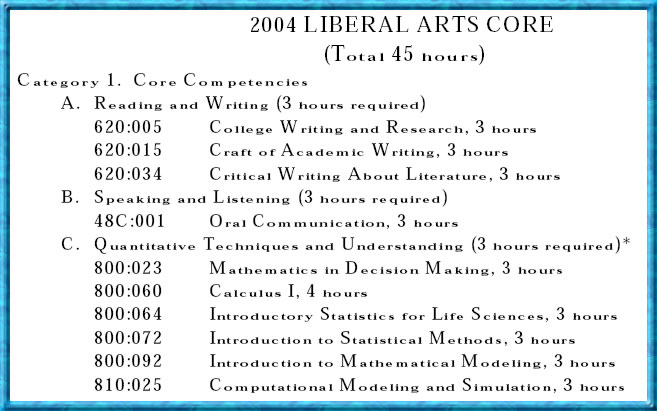Who took the class in Fall 2010: Breakdown
by major and by
class:
10 different majors,
70% first semester freshman,
no computer science majors in the class!
Art, English, MIS, Communications: Electronic Media, Psychology, Criminology, Deciding, Exercise Science, Finance, Political Science
| Software package used |
Number of weeks and classes |
Modeling examples and exercises
|
NetLogo (turtle graphics)
This software is free - works on Macs and PCs
Used to teach elementary school children, so it is easy to learn. It is also a TON of FUN. |
7 weeks, 14 classes |
- Its party time: Modeling the mixing and movement of party-goers at a cocktail party using NetLogo.
- Flocks, Herds, and Schools: Flocking of birds, migration of wildebeest, schooling of fish.
Watch a QuickTime movie (40 seconds) that uses the flocking model simulation. Stanley and Stella: Breaking the Ice.
- Hollywood special effects and NetLogo - Behavioral animation and the movies: Batman Returns, The Lion King, The Hunchback of Notre Dame.
- What causes traffic jams? Simulating and modeling car and truck traffic.
-
Exercise physiology and muscle development - WRC training model.
-
Choreography, dance and music with NetLogo. Creating beautiful patterns of sound, shape and color. Dancing turtles.
- Predator and Prey models: Lynx versus Hare, Lion versus Wildebeest, Wolf versus Deer.
- Modeling 3D Shapes and movements of particles simulating a 3D surface by using time.
- MUSIC: Musical models and exercises
with NetLogo.
Turtles
singing "Happy Birthday" and playing "Oh Susanna". Bach,
Beethoven, ...
|
Adobe After Effects (AE)
30 day trial of software is free from Adobe. The class schedule will be planned so that all Adobe assignments will be within a 30 day period, so you can use your PC or laptop for assignments. |
3 1/2 weeks, 7 classes. |
Simulating various special effects and physical phenomenon using AE and AE Expressions. Gravity, snow, rain, bouncing balls, cartoon exaggeration effects with moving objects, etc.
- Portions of Chapter 6, Chapter 8 and Chapter 9 will be covered using class handouts and online instructor created video and HTML tutorials.
- Chapter 6: Math Is Your Friend - we will cover just the basic concepts needed to understand the simulations from chapter 9.
- Chapter 8: Randomness - you will already be well acquainted with randomness from the NetLogo and Excel portions of the class. It won't take long at all to learn what is needed to understand After Effects Randomness techniques so we can apply them to a few of the chapter 9 simuation examples.
- Chapter 9 : Physical Simulations - you will have a new appreciation for special effects that you see in the movie and video industry.
|
Ventana Vensim
Vensim PLE (Personal Learning Edition) is software that gets you started in system dynamics modeling and is free for educational use. Vensim PLE is ideal for classroom use and personal learning of system dynamics. |
3 weeks, 6 classes. |
- Modeling Population Dynamics with Vensim - System Dynamics approach compared to NetLogo agent based approach.
- Assignment #1 for Vensim would be similar to the this Births and Deaths Population modeling exercise from September 2009.
- Modeling the intake of the treatment drug Dilantin until it reaches an effective blood concentration above the minimal effective concentration and below the maximum safe concentration. Caffeine, alcohol, aspirin would utilize a similar approach.
- Goal-seeking balancing feedback loops - why your coffee cup cools so fast at first.
- Room temperature regulated by a thermostat and a furnace. Heating your room or house in the winter or cooling it in the summer.
|
| Microsoft Excel |
1 1/2 weeks, 3 classes |
- Excel model to simulate the spread of rumors in a large high school.
- Simulating the game of Life with Excel. Agent based modeling in Excel compared to same model using NetLogo.
- Simulating an entire high school or college career of free throws and by experiment finding out the longest miss streak and longest made shots streak.
- Monte Carlo simulations using Excel. Throwing darts at a target to get an estimate for the area of the "bulls eye".
- Modeling birthdays with Excel. How many times will a group of 23 people have at least two persons with the same birthday?
|







